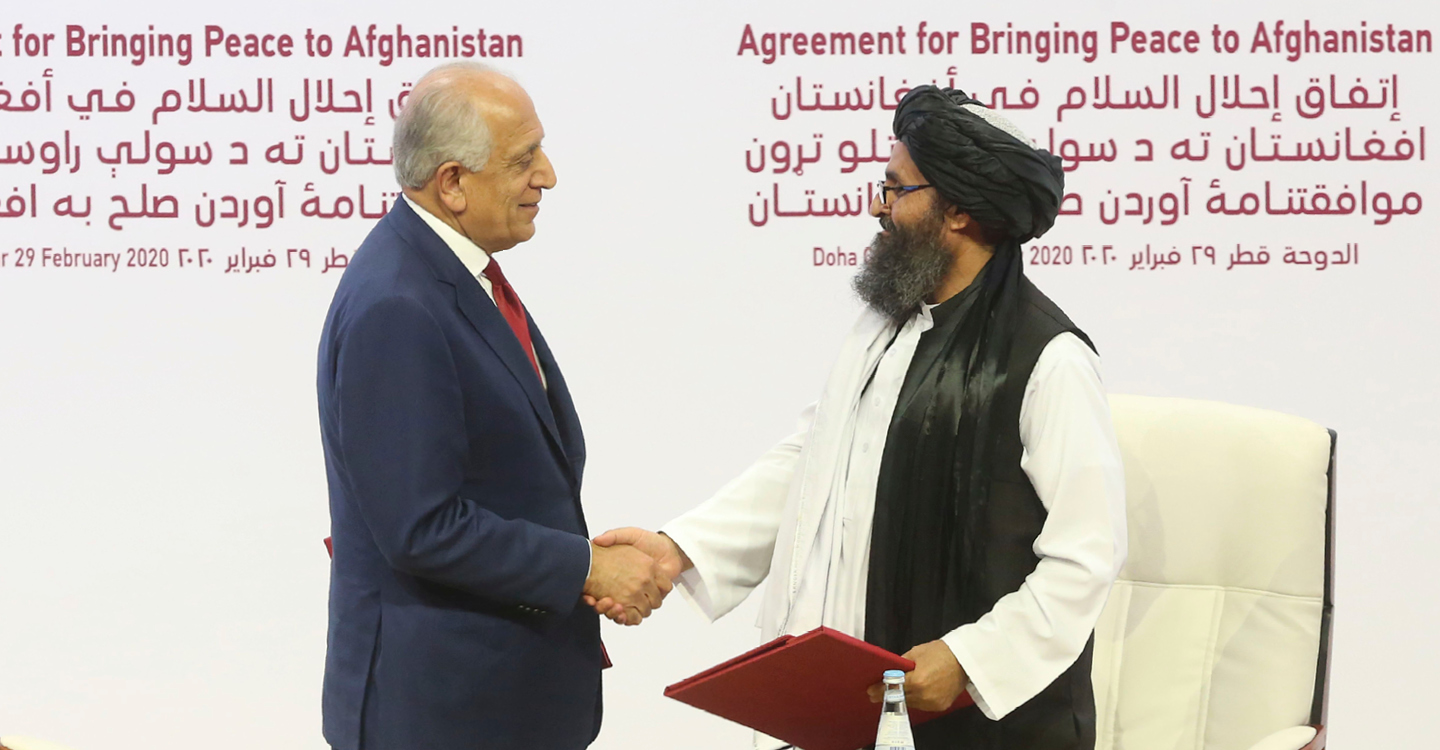On Saturday, the United States signed a peace agreement with the Taliban that aims to end America’s longest war and bring U.S. troops home from Afghanistan, where the fighting has lasted more than 18 years.
The agreement lays out a timetable for the final withdrawal of U.S. troops from Afghanistan, the impoverished Central Asian country that became known to Americans as the place that harbored Al Qaeda, the terrorist group that planned the September 11, 2001, terrorist attacks (known as 9/11). The agreement—which was signed in Doha, Qatar—does not include the American-backed Afghanistan government and is not a final peace deal.
But it is seen as a major step toward negotiating a more sweeping agreement that some hope could eventually end the insurgency of the Taliban, the militant movement that once ruled Afghanistan under an extremely rigid interpretation of Islamic law.
The war in Afghanistan began in 2002, when the U.S. invaded the country following 9/11. The U.S. and its allies quickly ousted the Taliban and helped set up a new Afghan government. But many of the Taliban retreated into the Afghan countryside and regrouped as insurgent fighters, carrying out deadly terrorist attacks. The U.S.-backed Afghan government and American forces have been battling them ever since.

